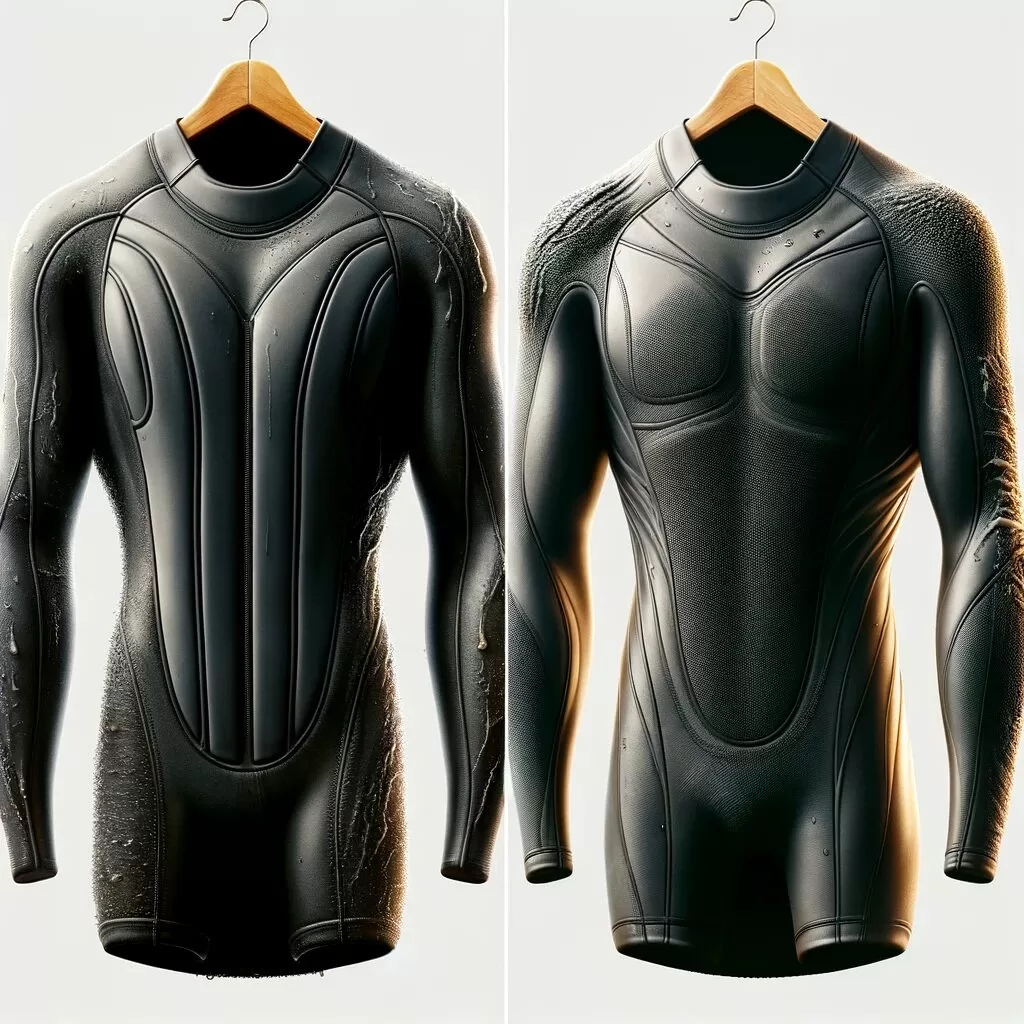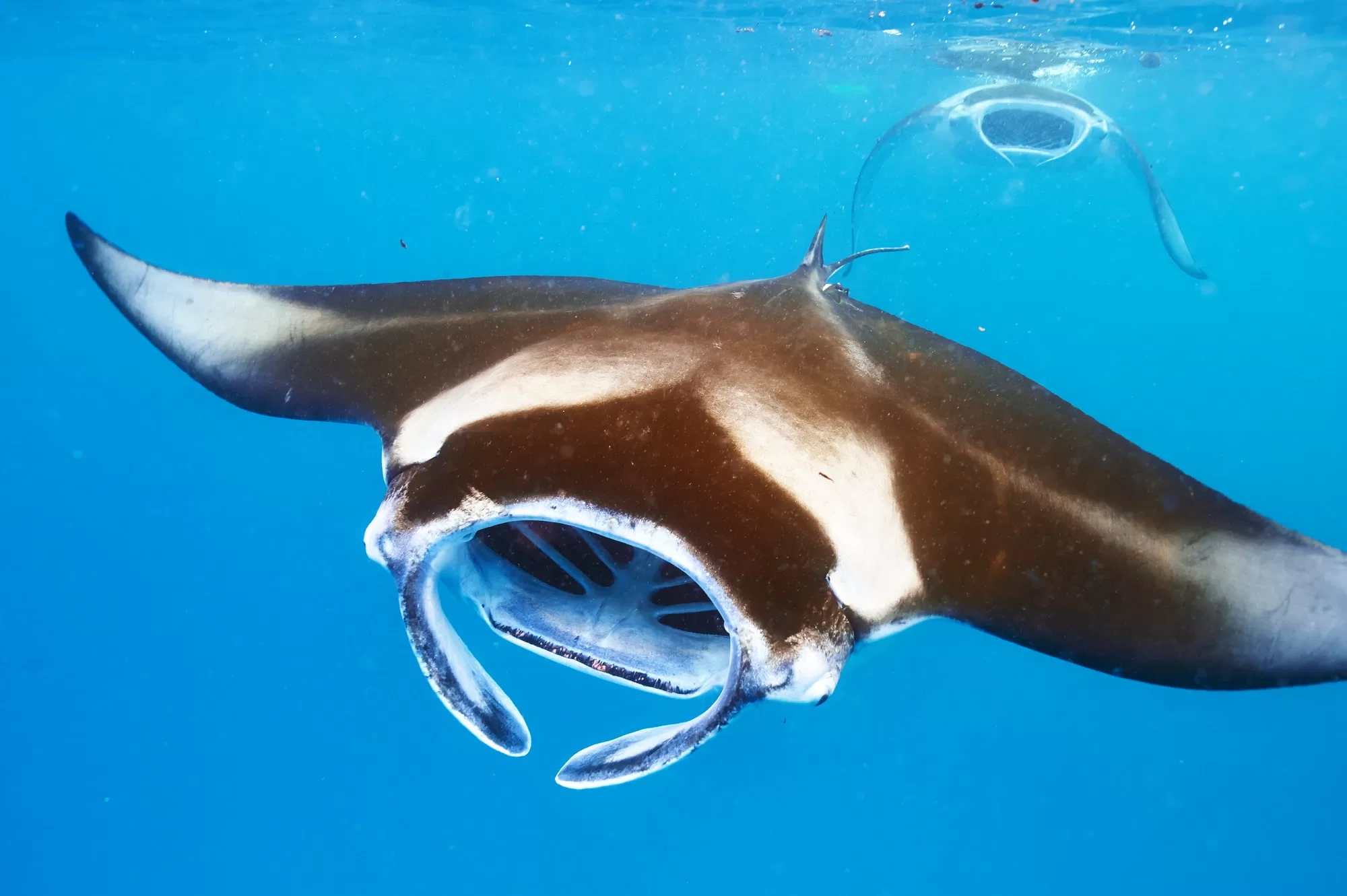As a seasoned diver and surf enthusiast, I can’t emphasize enough the importance of proper wetsuit care. It’s not just about keeping it clean; how you store your wetsuit can significantly impact its longevity and performance. A well-maintained wetsuit is not only more comfortable but also more effective in keeping you warm and protected in the water. The secret to extending the life of this essential gear lies in understanding and implementing effective storage techniques. In this ultimate guide, we will delve into the nuances of wetsuit storage, covering everything from cleaning to the final placement in your closet. Whether you’re a diving rookie or a wave-riding veteran, these comprehensive tips will help you keep your wetsuit in top-notch condition, ensuring countless more adventures in the great blue.
Understanding Your Wetsuit’s Needs
Wetsuits, primarily made of neoprene, are marvels of material science, designed to provide insulation and buoyancy while being flexible enough to accommodate vigorous movement. Neoprene’s unique structure, with tiny gas bubbles trapped within its fabric, is key to its thermal retention capabilities. However, this material is also susceptible to wear and tear if not cared for properly.
Improper storage methods can lead to issues like compression, which damages the neoprene’s structure, reducing its insulating properties. Exposure to elements like UV light, heat, and humidity can degrade the material, causing it to lose flexibility and, consequently, comfort. This can also lead to the neoprene becoming brittle, increasing the likelihood of tears and reducing the wetsuit’s overall effectiveness.
Understanding the characteristics of your wetsuit’s material is the first step in ensuring its longevity. This section will guide you through the essential practices to prevent common storage-related damages, thereby maintaining your wetsuit’s integrity and performance over time. We’ll explore the dos and don’ts of wetsuit storage, setting the foundation for the detailed care tips in the following sections.

Cleaning Before Storing
Proper cleaning is the first and crucial step in the storage process of a wetsuit. Saltwater, chlorine, and other contaminants can degrade neoprene over time, so it’s essential to cleanse these elements off your suit after each use. Here’s a step-by-step guide to ensure your wetsuit is cleaned effectively:
- Rinse Thoroughly: As soon as possible after your dive or surf session, rinse your wetsuit with fresh, cool water. A bathtub or large basin works well for this. Ensure that both the inside and outside are fully rinsed, flushing out all traces of salt, sand, or chlorine.
- Use a Wetsuit Cleaner: For a more thorough clean, use a wetsuit-specific cleaner. These cleaners are designed to be gentle on neoprene and effective in removing salt, oil, and other residues. Avoid household detergents or soaps as they can damage the suit’s material.
- Soak for Deep Cleaning: Fill a tub with cool water and add the recommended amount of wetsuit cleaner. Submerge the wetsuit, letting it soak for the duration specified by the cleaner’s instructions. This helps in loosening and removing deep-set dirt and odors.
- Gently Scrub if Needed: If you notice persistent stains or areas with a build-up of dirt, gently scrub these spots with a soft cloth or sponge. Do not use abrasive brushes, as they can damage the neoprene.
- Rinse Again: After cleaning, rinse your wetsuit thoroughly with fresh water to remove any soap residue.
- Addressing Odors: If your wetsuit has developed a smell, soaking it in a solution of water and baking soda can help neutralize odors. Alternatively, specialized wetsuit shampoos are formulated to tackle odors without harming the suit’s fabric.
Remember, regular and proper cleaning not only keeps your wetsuit fresh but also plays a vital role in maintaining its flexibility and insulation properties. By following these steps, you’re setting the stage for effective wetsuit storage, ensuring your gear remains in prime condition for your next aquatic adventure.
Drying Techniques and Tips
After cleaning your wetsuit, the next vital step is drying it properly. Correct drying techniques are crucial in preventing damage and odor buildup, ensuring your wetsuit remains in optimal condition.
- Gentle Squeeze: Start by gently squeezing out excess water. Avoid wringing the wetsuit, as this can stretch and damage the neoprene.
- Use a Towel for Initial Drying: Lay the wetsuit flat on a towel and roll it up to absorb extra water. This step helps speed up the drying process without harming the material.
- Hang Properly: Hang the wetsuit on a wide hanger, preferably one designed for wetsuits. The wide hanger distributes the wetsuit’s weight evenly, preventing stretching. Hang it in a well-ventilated area away from direct sunlight and high heat sources.
- Indoor vs. Outdoor Drying: While outdoor drying can be faster, it’s essential to avoid direct sunlight, which can degrade neoprene over time. Indoor drying is safer, especially in a cool, shaded area with good airflow.
- Avoid High Heat: Never use a tumble dryer or expose the wetsuit to direct heaters. High heat can damage the neoprene, reducing the wetsuit’s elasticity and lifespan.
- Turn Inside Out: Halfway through the drying process, turn the wetsuit inside out. This ensures that both the interior and exterior are completely dry, preventing mildew and odor.
By following these drying techniques, you’ll protect your wetsuit from common issues like cracking, stiffness, and unpleasant smells, keeping it ready for your next water adventure.
Storage Solutions
Once your wetsuit is clean and dry, storing it correctly is crucial for maintaining its shape and prolonging its lifespan. Whether you choose to hang or fold your wetsuit, there are specific methods to follow:
- Hanging: If you have space, hanging your wetsuit is ideal. Use a wide, padded hanger to distribute the weight evenly and avoid stretching the shoulders. Hang it in a cool, dry place away from direct sunlight. Avoid using wire or narrow hangers, as they can deform the wetsuit’s shape.
- Folding: If hanging isn’t an option, folding your wetsuit can be a good alternative. Lay the wetsuit flat, fold it in half at the waist, and then fold the arms and legs towards the center. Store it in a cool, dry place. Avoid tight folds or creases, as these can damage the neoprene over time.
- Storage Location: Ideal storage conditions are a cool, dry, and ventilated area. Extreme temperatures and high humidity can degrade the neoprene, so avoid places like garages or car trunks, especially in hot or damp climates.
- DIY Solutions: For a budget-friendly option, DIY wetsuit hangers can be made using PVC pipes or sturdy, wide wooden bars. Ensure they are smooth and wide enough to support the wetsuit without creating pressure points.
- Commercially Available Options: There are numerous wetsuit storage products on the market, ranging from specialized hangers to storage bags designed to maintain the suit’s shape and protect it from environmental factors.
Long-term Care and Maintenance
Maintaining your wetsuit’s elasticity and preventing dry rot are key to its long-term performance. Regularly inspect your wetsuit for signs of wear, such as cracking or stiffness, particularly in areas that experience a lot of stretch or stress. If you notice minor damage, like small tears or loose seams, timely repairs can extend its life. Many wetsuit manufacturers offer repair kits, or you can take it to a professional for more significant damage.
Annual check-ups are a good practice. At the end of each season, give your wetsuit a thorough inspection and cleaning. This is also a good time to lubricate zippers with a wetsuit-safe lubricant.
As for when to replace your wetsuit, if it’s consistently losing flexibility, letting in water, or you’re finding it increasingly uncomfortable, it may be time for a new one. Remember, advances in wetsuit technology could mean a newer suit offers more comfort and better performance.
Effective wetsuit storage and care are crucial in maximizing the lifespan and performance of your gear. Remember, the way you treat your wetsuit when you’re not in the water is just as important as how it performs when you are. Regular cleaning, proper drying, careful storage, and attentive maintenance will keep your wetsuit in top condition for years. Investing time in these practices means investing in countless memorable diving and surfing experiences. So take care of your wetsuit, and it will take care of you in all your aquatic adventures!




